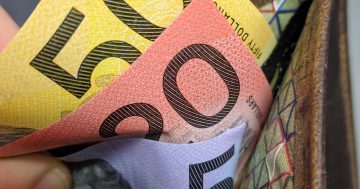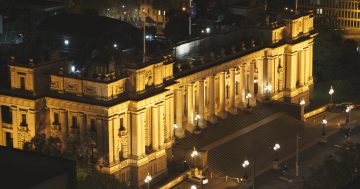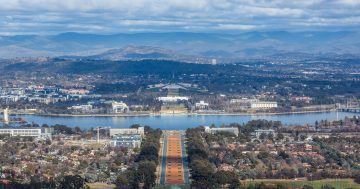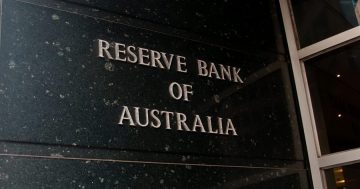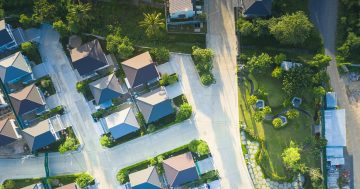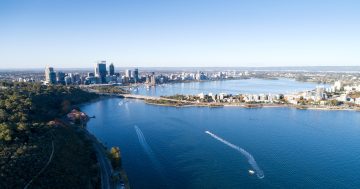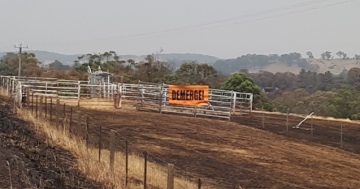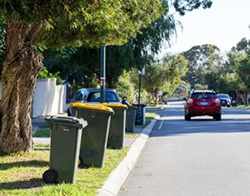 The Independent Pricing and Regulatory Tribunal (IPART) is to link the amount Local Councils can increase their revenue from ratepayers with population growth as part of its 2022-23 rate peg decision.
The Independent Pricing and Regulatory Tribunal (IPART) is to link the amount Local Councils can increase their revenue from ratepayers with population growth as part of its 2022-23 rate peg decision.
Chair of IPART, Carmel Donnelly said that in setting the 2022-23 rate peg at 0.7 per cent to five per cent, the Tribunal used a new methodology which recognised that some Councils were facing higher costs from growing populations.
“We have developed a way of incorporating population growth into the rate peg that balances the need to ensure Councils are financially sustainable, while protecting ratepayers from excessive rate rises,” Ms Donnelly said.
“The methodology we have used will ensure Councils maintain the average amount of money collected per person as their population grows,” she said.
“This will enable Councils to provide services to their growing communities.”
Ms Donnelly said the rate peg also took into account the annual change in the Local Government Cost Index (LGCI), which measured the average costs faced by NSW Councils.
She said rate peg represented the maximum percentage amount by which a Council may increase its general income.
“For almost all Councils, general income consists entirely of revenue from rates,” she said.
“The rate peg applies to each Council’s general income in total, not to individual ratepayers’ rates.”
She said Councils could increase categories of rates by more than, or less than, the rate peg, as long as the total increase in general income remained within the rate peg.
Ms Donnelly said IPART’s Information Paper Rate peg for NSW councils for 2022-23, included information on its rate peg methodology, while the rate peg for each Council for 2022-23 was available on the Tribunal’s website.
IPART’s 11-page Information Paper can be accessed at this PS News link.


